Direct flash :TTL/BL vs TTL
Recently I was involved in a discussion regarding the advantage of distance info when using TTL/BL and direct flash .
Anyway I decided to try to explain this in an uninterrupted logical manner for those who are interested in the subject .
Ideally we avoid direct flash but there are times when we have no choice . Outdoors in daylight is a good example with nothing to bounce off and when we only want subtle fill-flash as well .
First we need to understand how they meter :
TTL doesn't care how well you have the ambient exposed , it simply tries to get an average grey in the centre of the frame ......
TTL/BL on the other hand is more complicated , when the flash head is pointing forward it meters quite heavily toward the distance info from the lens as well as using a different pattern to meter from , it uses the " focus point diamond '' and can select a smaller area from anywhere inside that pattern ......
With direct flash though it only uses a small portion of the pre-flash reading from this pattern .
On to the tests . First we have TTL/BL , I've underexposed the background in these pictures so we only have the flash lighting the scene .
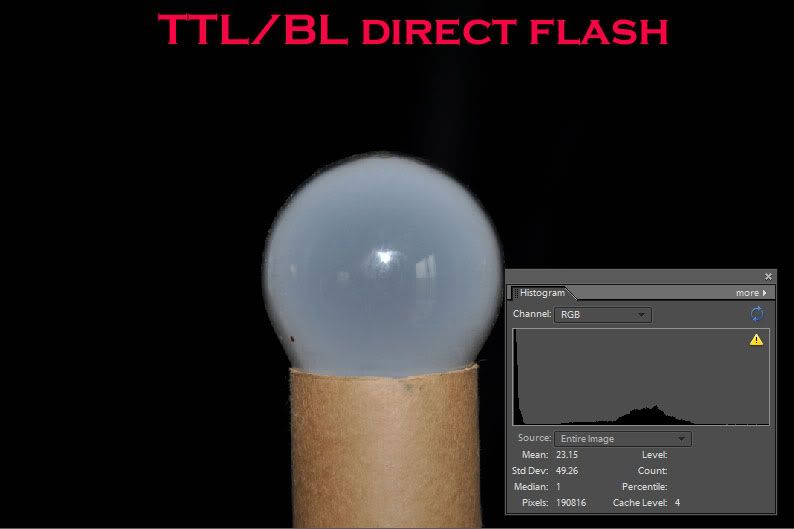

With the advantage of distance info TTL/BL does a pretty good job of maintaining a consistent exposure for the subject regardless of its size in the frame - now TTL flash .


As you can see TTL doesn't know the distance , all it knows is that it wants an average grey in the centre of the frame and to illustrate this I took both of these images and applied an 'average blur' in photoshop in the centre of the frame .....
When the subject is central and fills a decent percentage of the centre of the frame it's not bad ....


But when the subject is smaller and far from the background TTL has to make that small subject really bright to get and average grey in the centre of the frame , TTL/BL does not suffer from this weakness since it knows how far away the subject is [ with direct flash only ! ]


Now we take a darker subject with a lighter background , some may say TTL flash looks better here ....

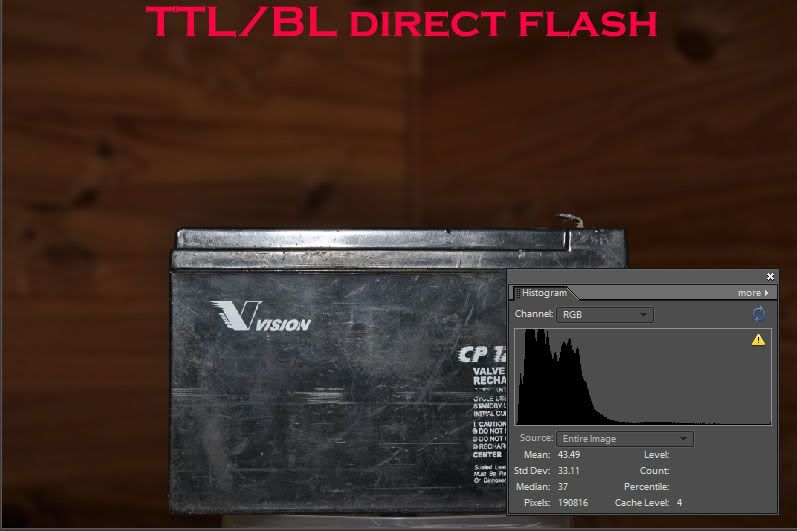
In reality TTL has fired stronger because the subject does not fill the frame and is black so it's trying to make it an average grey . The result may be more pleasing to the eyes for some but essentially the problem is not with TTL/BL flash in this case . When you are using direct flash and want to light the subject correctly you can't expect the flash to light the background correctly as well as the subject and be accurate in both cases ,though , with TTL flash , there will be the odd occasion where the results will look good with the right combination of subject colour , size , and distance from the background which is pure luck .
So the problem is not the 'car' but the 'nut that holds the steering wheel ' .
If you are using direct flash you have to make sure you expose the ambient correctly - so that is what I have done , I adjusted the shutter speed to expose the background the way I wanted it and let the flash handle the subject - in this case TTL/BL senses that the ambient is having a greater effect on the subject and backs off accordingly .
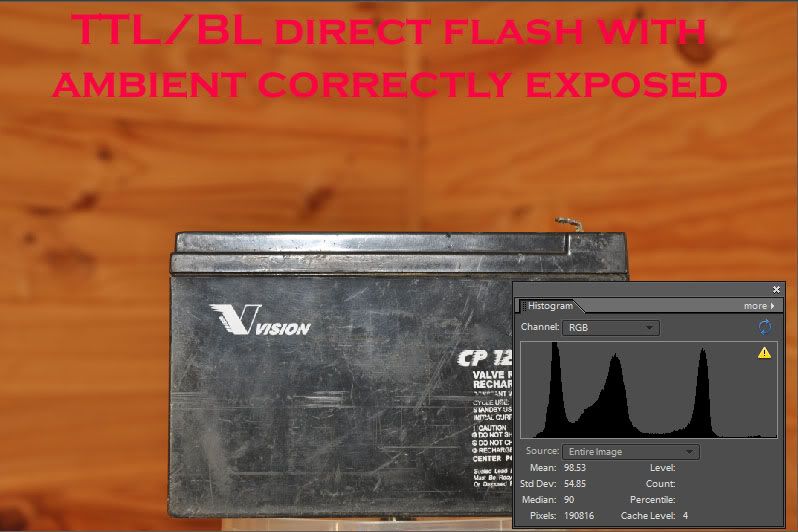
TTL on the other hand still thinks it is the only light source and fires too strong causing more blown highlights .
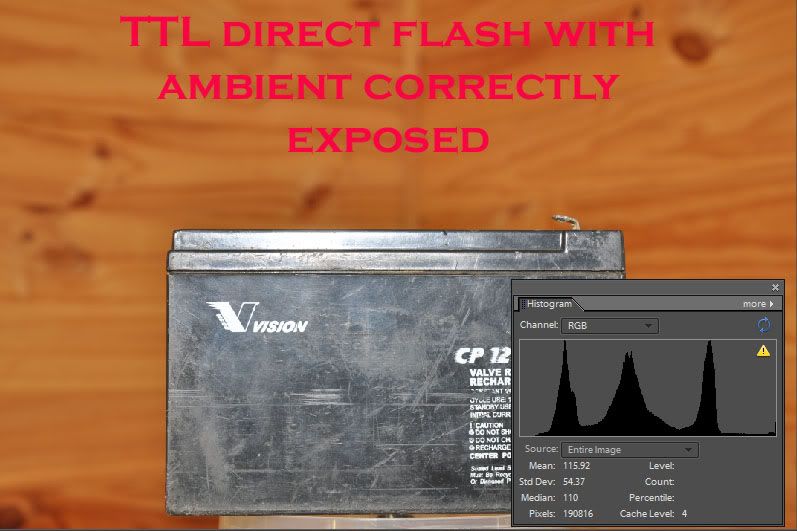
The conclusion of the matter ? If you are using direct flash with TTL/BL you are concentrating on the subject at a set distance and have to expose for the background with your normal camera settings , with direct flash and TTL on the other hand it all depends on how big your subject is in the centre of the frame , the subject colour , the background colour behind the subject in the centre of the frame that it meters from , the distance form the background that is having an effect on the metering .......
I choose TTL/BL and the advantage of the distance info from the lens with direct flash .Choose whichever you want - just understand how it works . [ and shoot manual flash when possible :smile: ] .
On page 1.) we established that TTL/BL uses the distance info from the lens "when the flash is facing forward" . Of course in most situations we want to avoid direct flash but outdoors where there is nothing to bounce off , and in bright sunlight where the flash isn't the main light source , we still use it sometimes .
Just a quick review of TTL/BL and the distance factor - first a properly focused picture ....
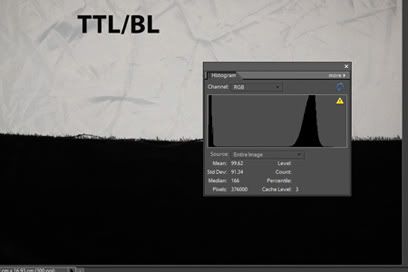
Then we manually go to close focus and the flash dims down automatically

and as we change the focus distance to 20 metres it brightens up ....
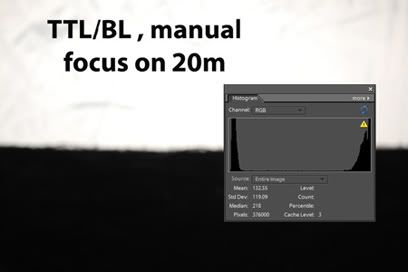
proving that the focus distance directly affects the flash .
Now for the proof in real life . I set up my model ''Stinky'' indoors to only show the flash with little ambient to detract from the results . I left a reflector in the same position and then moved the subject under the focus point further away . This is what TTL did with the scene - it was totally fooled by that white reflector and exposed for it the whole time .
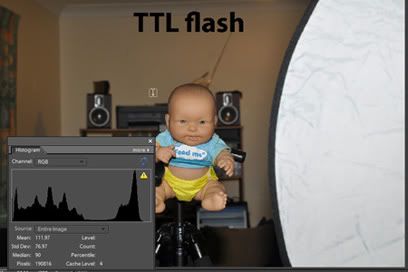
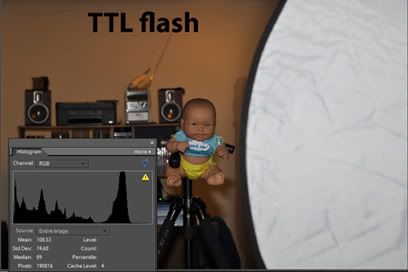
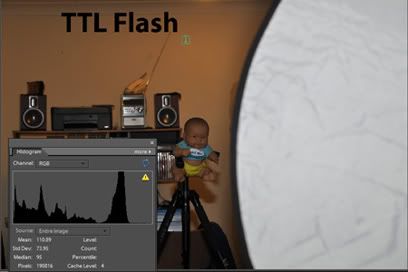
Now on to TTL/BL . Even though the reflector was in the same position reflecting back a lot of light TTL/BL continued to meter for the active focus point on the subject and was not fooled by the white object in the frame .

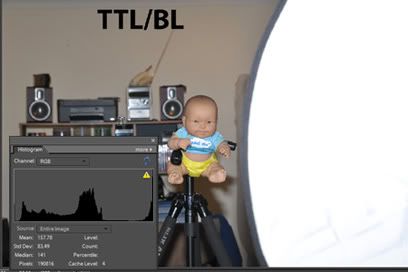
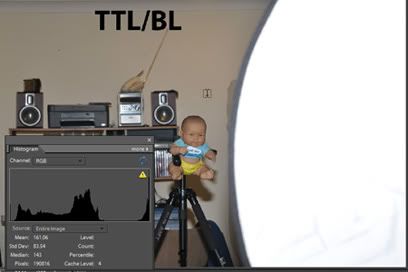
This proves that TTL/BL is superior with direct flash photography - it's a pity it doesn't have that reliability with bounce flash and wireless CLS .
Of course it isn't a simple program and there may still be some surprises when we use it but I am slowly coming to grips with its 'logic' .
Using direct flash outdoors is not the problem , predicting results indoors where the flash is the main source of light is more of a challenge because there is little ambient light to hide our mistakes as with pictures in bright sunlight .
Understanding Nikon flash
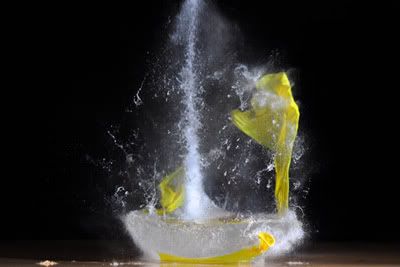
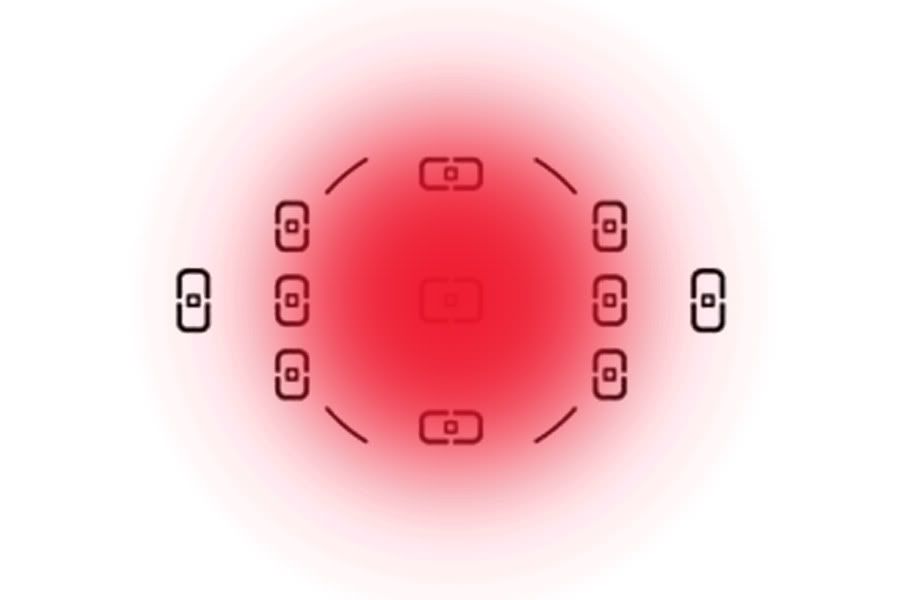
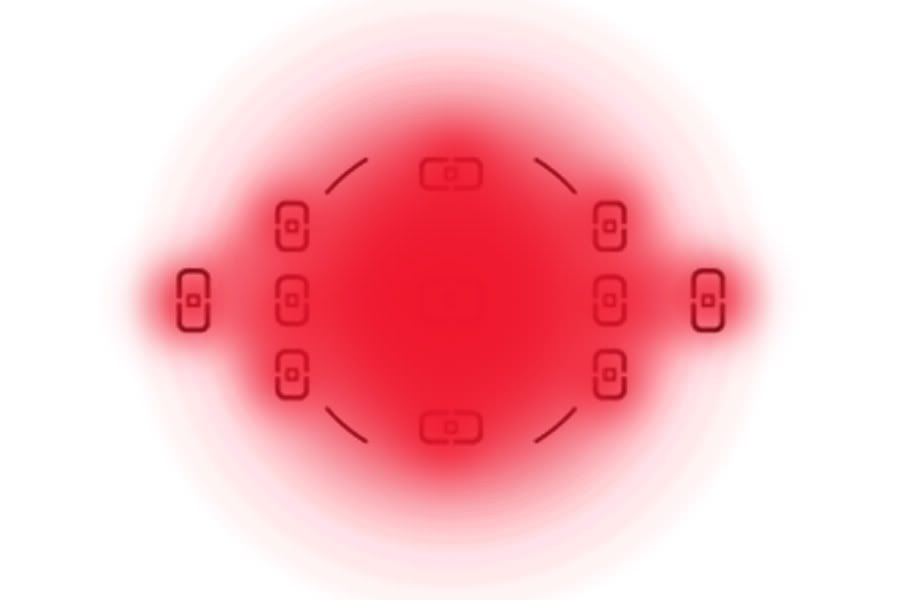



I only recently picked up a Nikon SB-600. It is a great addition, but I'm not sure when to use TTL vs. TTL-BL. Do you have a rule of thumb that you use?
ReplyDeleteThanks.
I always use TTL-BL now .
ReplyDeleteThe only time I would use TTL is if I was using bounce flash pointed behind me with no forward light from the flash itself - that's when the distance part of the equation causes under-exposure .
TTL-BL is a good option, but I noticed that when I use it indoors with Auto-ISO, it tends to go to ISO 800, which can get a little noisy. I was wondering if it is better to use TTL indoors in low light situations. Or, use TTL-BL with ISO set to 200 or 400.
ReplyDelete(When I set the ISO to 200 and used TTL-BL, it selected a shutter speed of 1/60, which is what it chose with auto ISO, when it selected 800.)
Indoors with low light it is best to set the camera manually for how you want the ambient to look first - then turn on the flash .[ no auto-iso]
ReplyDeleteAuto-iso is one of those things that will change between camera models over time so it's not easy to make a blanket statement for it .
Even the shutter speed of 1/60th , that's something you can change in the camera - what speed it defaults to when using flash - manual is the way to go indoors .